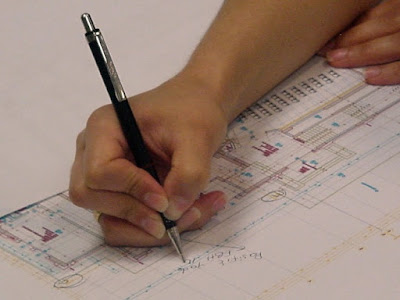Concluding the Engineered Adaptability Series
We have been exploring the Continuous Environmental Tracking engineered adaptability model from the Institute for Creation Research. It has been fascinating to see how the Master Engineer has built adaptations and variations into organisms.
Charles Darwin bushwhacked natural selection and made it his own so he could take God out of the picture. His paradigm is that external forces cause creatures to evolve into something else, but that is not the case. Instead, the CET model shows that adaptations are front-loaded into living things to not only adapt, but anticipate changes. This affects not only individual organisms, but entire populations.
 |
| Modified from a photo at Freeimages / Tolga Kocak |
For the past two years, the Engineered Adaptability series of articles has explored ways in which scientific methodology and understanding benefit when engineering principles are applied to how living things function. In the process, we have built a conceptual framework for a design-based model called continuous environmental tracking (CET), which focuses on the mechanisms through which organisms express traits that enable them to closely track changing conditions and adjust accordingly. This final article will take a bird’s-eye view of what the series has presented.To read the rest, click on "Engineered Adaptability: Continuous Environmental Tracking Wrap-Up". At the end of the article is a link to the entire series. We have seen other instances of engineered adaptability here, but they were not "officially" a part of the series. I have found it exciting and am looking forward to further developments.